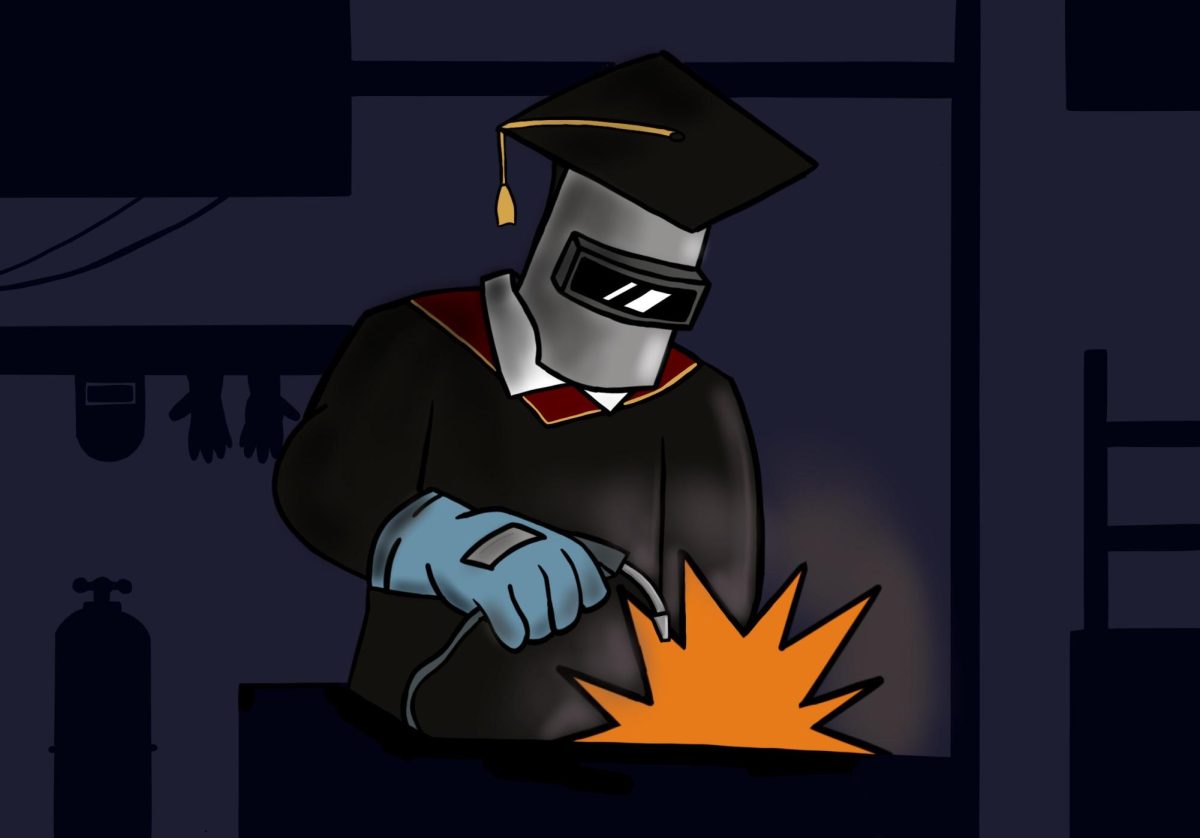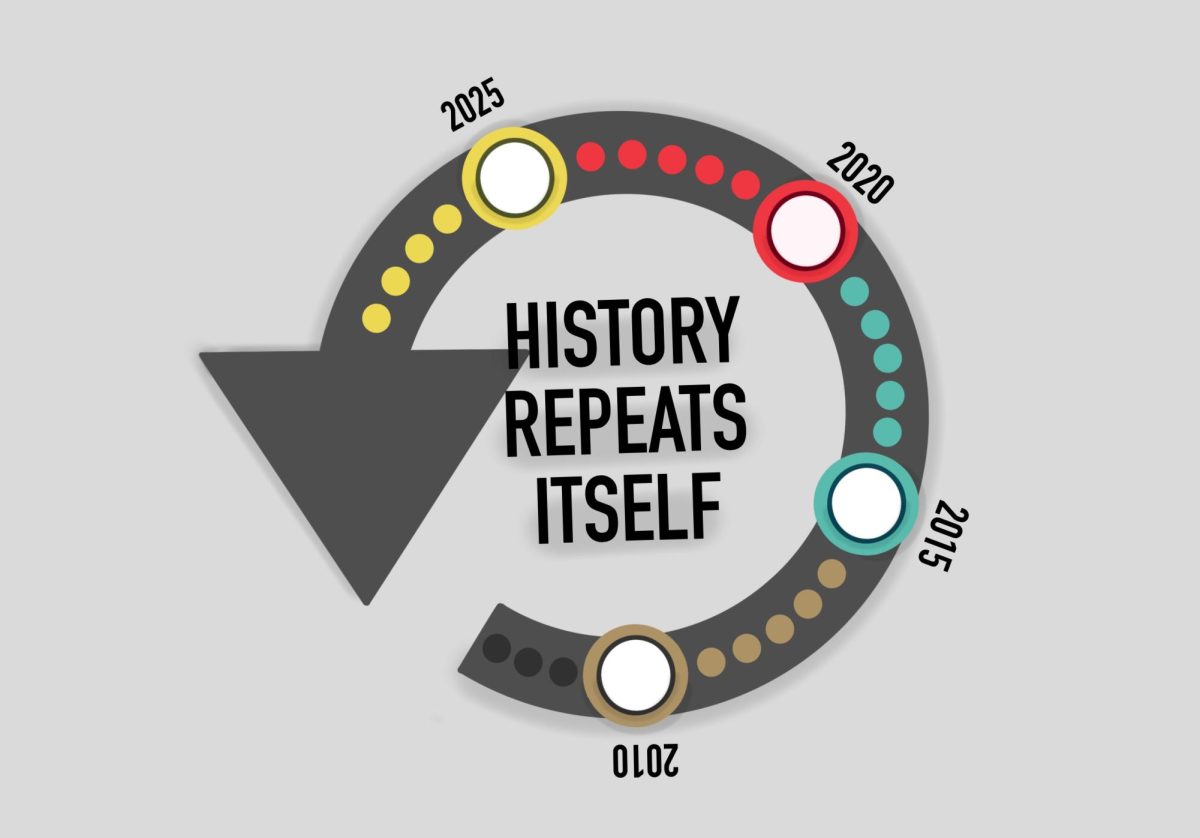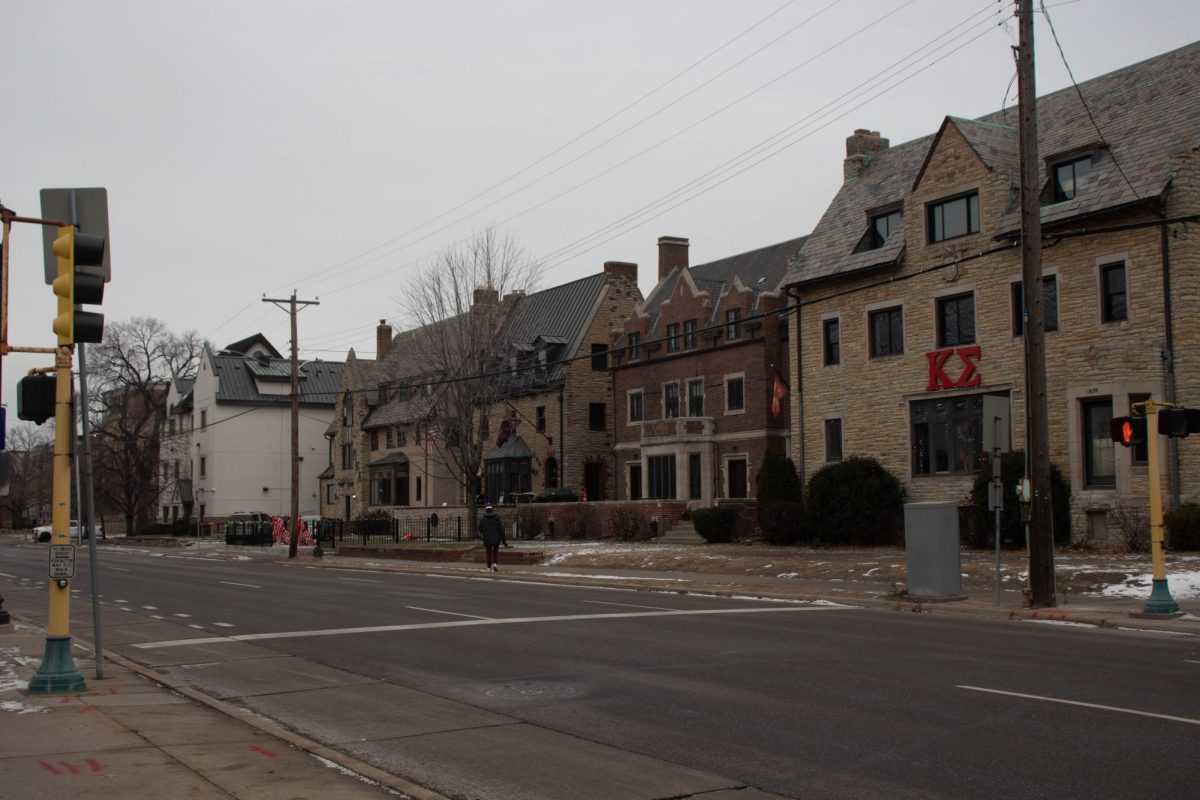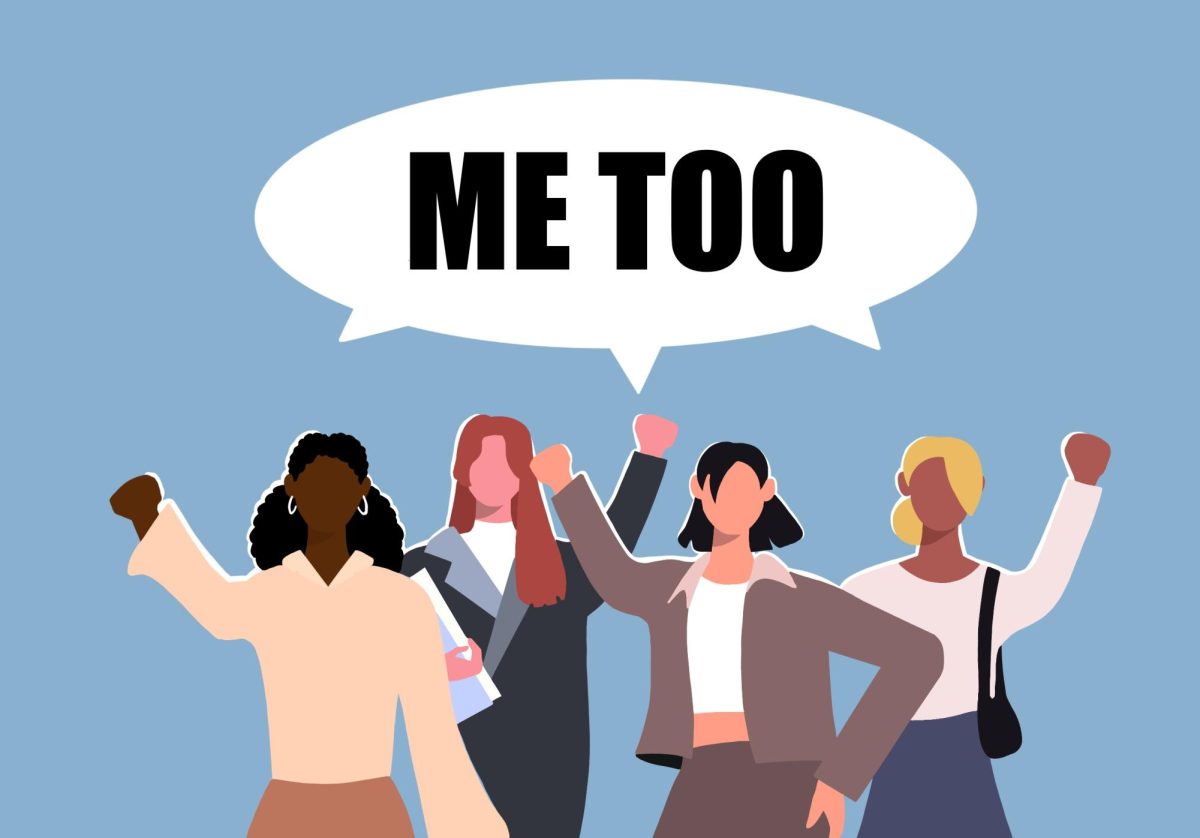In the last several weeks, a flurry of Supreme Court cases reignited passions about higher education and its role in American society. As America’s high court struck down affirmative action and President Biden’s proposed student-loan bailout, a misguided obsession with the university system has left large swaths of the population out in the cold.
Merits of the two cases aside, less than half of Americans hold a bachelor’s degree and only 13.5% of the country has student loan debt. Even if you focus the breakdown to those under 30, the median individual holds zero dollars of student loan debt.
With regards to affirmative action, the percentage of minorities who were propelled into elite institutions was marginal and had very little effect on promoting the “equity” it was designed to foster.
Absent the pretense from the debates about these cases, they are over which sliver of the population gets admitted and subsidized to attend the world’s most prestigious and inaccessible institutions.
Making the education system work for all Americans, not just the few competing for elite positions in Ivy League schools, starts by changing the way we approach secondary schooling.
Across the world, models exist that seamlessly transition young adults into the workforce without needing to participate in the bloodbath of applying for colleges and student loans.
Switzerland, for example, has a multi-track model that allows for students in “upper secondary” (what we consider mid-to-late high school in America) to opt into different educational lanes. They include Vocational Education and Training (VET) and General Education. From there, students can feed into either “higher” vocational education, enter a university or enter the workforce right away.
“What was so appealing was the idea of choice and optionality — that agency young people have in workers and learners across the board, to always have a next step. There’s never a closed door where you have to start over,” said Ryan Gensler of CareerWise Colorado.
CareerWise is an organization that facilitates vocational education programs, inspired by countries such as Switzerland. They act as an intermediary between businesses and schools, intending to provide high school grads with an alternative, but equally successful, path to a traditional bachelor’s degree.
“It’s actually about creating a dual-track education system more broadly, it’s critical this goes beyond high school, and this is actually about all the way up to a PhD level,” Gensler said.
Any overhaul of America’s education system necessitates creating a pathway for students, not only to avoid the traditional college path but to provide the same level of upward mobility and earning potential as their peers who chose to immediately pursue a bachelor’s degree.
That entails reframing the concept of vocational education programs.
“We call this an options multiplier because our students will not only continue working with their employers after high school and finish their apprenticeships, but they’ll also start pursuing higher education,” Gensler said.
Creating a multi-track educational system can take multiple forms and the structure may vary by state or locality. However, a handful or few core ideas, if implemented, can radically redefine what the “normal” path is for young adults.
First, apprenticeship programs must be made available to high school students.
Allowing 16, 17 and 18-year-olds to begin combining on-the-job training with a relevant technical education both bolsters their future success in the workforce and allows exploration into different fields without sinking into thousands of dollars of debt.
Second, vocational training made available to young adults must span beyond conventional blue-collar work.
“Apprenticeships [are] not only for the trades, professional vocational education isn’t only for the trades. We’re seeing a lot of success in banking and tech, insurance, accounting, and healthcare,” Gensler said.
Much of the dogma surrounding apprenticeship programs is the perceived lack of opportunities for those who enter them. White-collar jobs are seen as only going to individuals who took the typical four-year track and leveraged their schools’ networking to enter more “prestigious” fields.
While the trades are a tremendous — and undervalued — profession, creating an alternative track to a four-year college degree requires making opportunities for young people with all career ambitions.
Third, vocational and technical programs must offer opportunities to go back to school.
This may seem counterintuitive. Why should we create an alternative to college? For students to go back to college?
This comes back to making alternative educational programs have as much upside as a four-year college. If the vocational apprenticeship route is a dead end for students with ambitions of getting an advanced degree, it will immediately stifle their interest.
This step necessitates existing colleges and universities collaborating with technical programs and accepting vocational program credits to allow for an efficient pursuit of a bachelor’s degree or beyond.
The United States has failed to meaningfully reform its education system in more than a century. Doing so properly can unlock the potential of millions of young people without forcing a square peg into a round hole.
A four-year college degree is not for everyone: a new model is needed that gives every student a chance to start adulthood on the right track.














